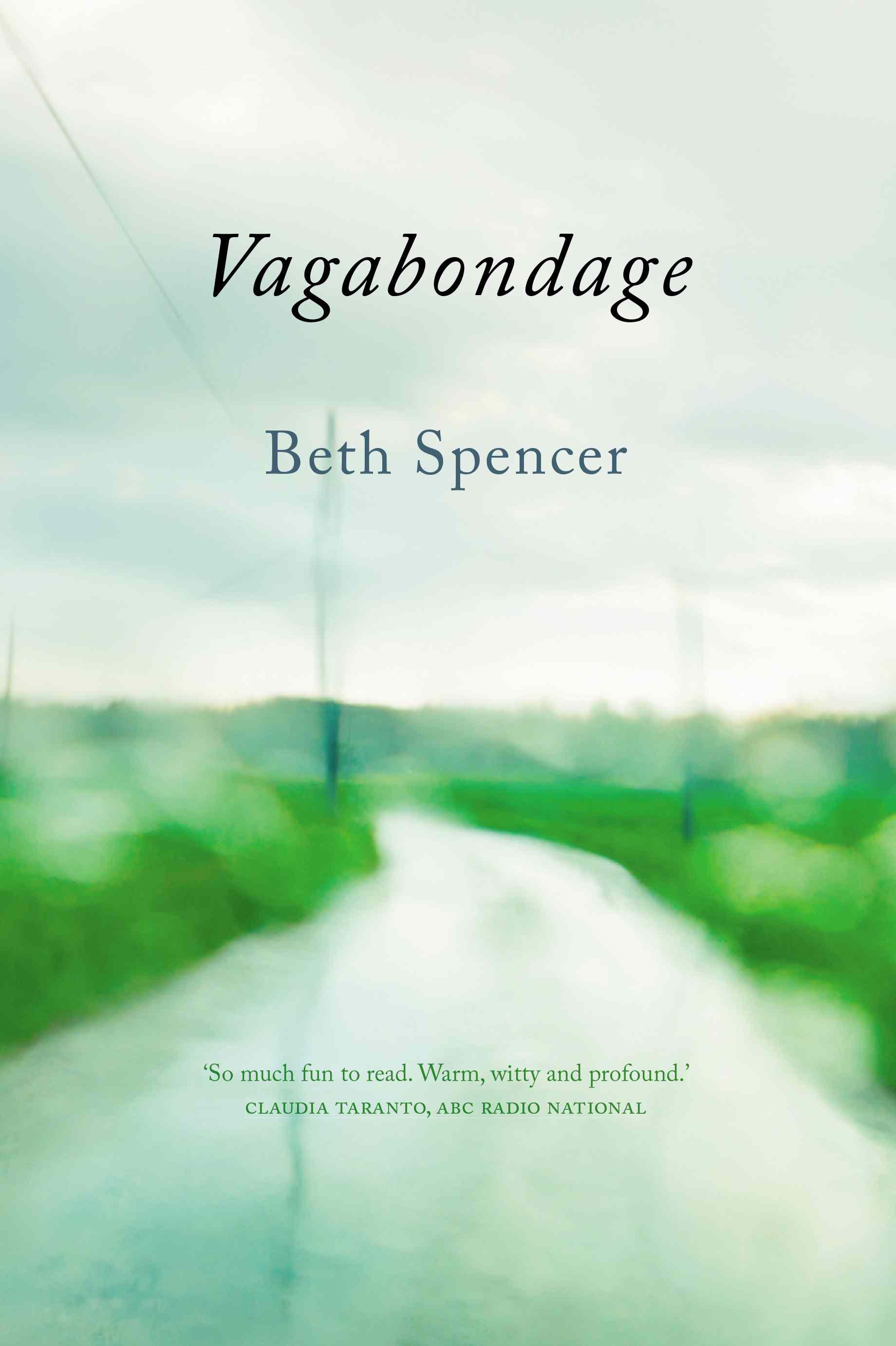For those who were sickened by the front page ‘news’ in the tabloids last week about luxurious goods given to asylum seekers — sickened because they believed it, or sickened because they knew in their hearts it was lies — here’s a link to the real story:
The details are here, and show that this is hardly luxury. The maximum package of goods – of $9850 – is for 9 or more people. They also get an allowance that is less than newstart to buy food and utilities, because they are not allowed to work. As they have no way in which to earn money, without the household set-up packages, they would be living in bare houses. Nor do Asylum seekers get to keep the goods when their detention is over. They are re-used for the next tenants, so it’s a one-off cost, not a gift.
Please share this report widely. Link to it on Facebook if you can. This kind of hands-on passing of quality information around is so important in these times when the mass media is so controlled by destructive interests.
Here’s a few snippets from the report:
“The shift to move 30% of the detention population into community processing in 2012-13 is expected to result in savings of $400 million.”
And:
“According to Ms Kate Pope, First Assistant Secretary of DIAC, asylum seekers who live in community detention/processing have improved physical and mental health outcomes and are more likely to positively integrate into the Australian community because they:
‘have more responsibility for managing their own lives, can be expected to experience better mental health because they are living and operating as a person normally would. Improved family relationships are a consequence as well. Clients also have the opportunity to regain some of the living skills that they would have lost in the journey and in, potentially, their time in Indonesia, in detention and so on… Similarly, for those granted visas, a better understanding of life in Australia and opportunities to learn some English, make connections in the community and so on, should enhance their settlement prospects.’
“Community detention/processing also reduces the future costs on the welfare and health systems that asylum seekers who endure life in prolonged detention inevitably have to access. As Ms Pope continues to state:
“We also expect to see some reduced downstream costs… including the cost of mental and physical health services, family intervention services and other support programs. And there is the potential that time in community detention could facilitate a faster entry to the workforce once someone does get a visa. Clients are allowed to volunteer, so the opportunity to volunteer with an organisation or what have you, may lead to the opportunity for a job later on.
“Finally, Ms Pope points out that ultimately asylum seekers just want to get on with living their lives and that community detention/processing is the best way to ensure this happens:
“We now have a growing bank of experience with vulnerable adult men, and the level of incidents and issues with them is surprisingly low, to date. They appear to get on with their lives and take the opportunities that community detention offers. When they are assessed as being in a state where that might be beneficial to them they also have the opportunity to move onto bridging visas and therefore to work.”
Thanks so much to all those at the Asylum Seeker Resource Centre for preparing this report and for all they do.







![[The Party of Life, cover]](http://bethspencer.com/blog/wp-content/uploads/2012/11/sm-edged-front-cover-Party-of-life-227x300.jpg)

